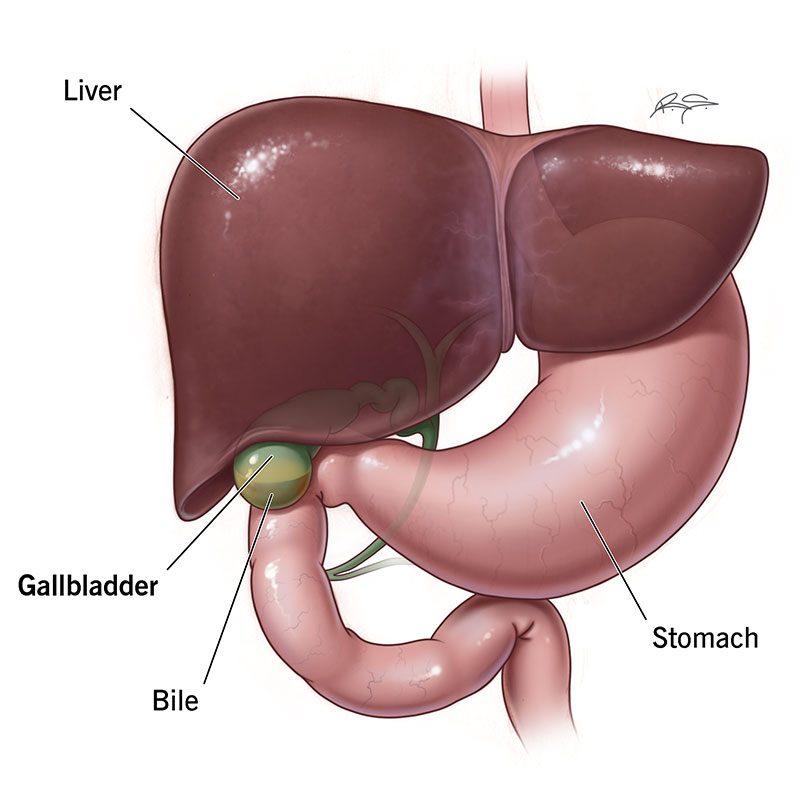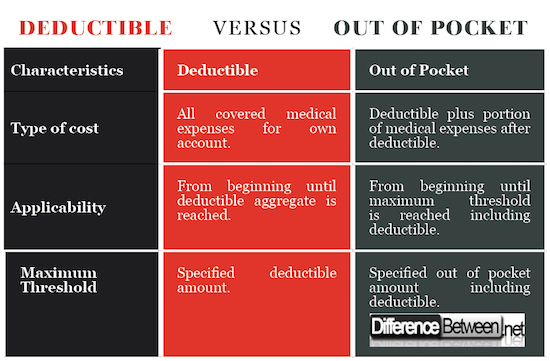Vitamin D is often regarded as the cornerstone of bone health, playing a pivotal role in calcium absorption and bone mineralization. This essential nutrient is not just a vitamin but a steroid hormone that is crucial for the maintenance of strong bones, immune function, and overall health. The body’s ability to absorb calcium, a mineral vital for the normal functioning of muscles and nerves, is significantly enhanced by the presence of vitamin D. Without adequate levels of vitamin D, the body may struggle to maintain sufficient calcium levels, potentially leading to a variety of health issues including osteoporosis, rickets, and osteomalacia.
The Biology Behind Vitamin D and Calcium
Vitamin D and calcium have a symbiotic relationship in the body. Vitamin D facilitates the absorption of calcium in the intestines, which is then used for various bodily functions including the mineralization of bone tissue. This process ensures that bones remain strong and resilient. The parathyroid gland, located in the neck, monitors and regulates calcium levels in the blood. When calcium levels drop, the parathyroid gland releases parathyroid hormone (PTH), which stimulates the release of calcium from bones into the bloodstream. Vitamin D helps to regulate this process by promoting the absorption of calcium from food and reducing the amount of calcium excreted in urine.
Dietary Sources of Vitamin D and Calcium
While sunlight exposure triggers the synthesis of vitamin D in the skin, making it the primary source for most people, dietary sources also play a crucial role, especially for individuals with limited sun exposure. Foods rich in vitamin D include fatty fish (such as salmon, mackerel, and sardines), fortified dairy products, and mushrooms exposed to ultraviolet light. Calcium, on the other hand, is abundant in dairy products (milk, cheese, yogurt), leafy green vegetables (kale, broccoli, spinach), and fortified plant-based milk.
The Impact of Vitamin D Deficiency on Calcium Levels
Vitamin D deficiency can lead to impaired calcium absorption, resulting in a range of health issues. In children, this can cause rickets, a condition characterized by soft and weakened bones. In adults, vitamin D deficiency is linked to osteomalacia, which causes bone pain and muscle weakness. Furthermore, a deficiency in vitamin D can increase the risk of osteoporosis, a condition that makes bones fragile and prone to fractures. The connection between vitamin D levels and calcium absorption underscores the importance of maintaining adequate vitamin D levels for overall bone health.
Strategies to Boost Vitamin D and Calcium Levels
Sunlight Exposure: Moderate sunlight exposure is a natural way to boost vitamin D levels, as UVB rays from the sun trigger vitamin D synthesis in the skin. However, caution must be exercised to avoid excessive exposure, which can increase the risk of skin cancer.
Dietary Modifications: Incorporating vitamin D-rich foods and calcium-rich foods into your diet can significantly enhance your levels of these nutrients. For individuals who are lactose intolerant or prefer plant-based diets, fortified foods and supplements can be beneficial.
Supplements: For those unable to get enough vitamin D through sunlight and diet, supplements can be an effective way to boost levels. It’s crucial, however, to consult with a healthcare provider before starting any supplement regimen to determine the appropriate dosage and to monitor for any potential side effects.
Regular Health Check-Ups: Regular check-ups with a healthcare provider can help identify any deficiencies early. Blood tests can measure vitamin D levels and calcium levels, guiding the need for dietary adjustments or supplementation.
The Role of Vitamin D in Non-Bone Health
Beyond its role in bone health, vitamin D has been implicated in various other aspects of health, including immune function, cardiovascular health, and even mental health. Research suggests that vitamin D may play a role in reducing the risk of autoimmune diseases, certain types of cancer, and cardiovascular disease. Additionally, there is evidence to suggest a link between vitamin D deficiency and an increased risk of depression and seasonal affective disorder.
Nutritional Interactions and Potential Side Effects
It’s essential to consider the interactions between vitamin D, calcium, and other nutrients. For instance, high levels of vitamin D can lead to an increase in calcium absorption, potentially causing hypercalcemia if not monitored. Hypercalcemia can lead to symptoms such as nausea, vomiting, and in severe cases, kidney stones and hardening of arteries. Therefore, while boosting vitamin D and calcium levels is crucial, doing so under the guidance of a healthcare provider is recommended to avoid potential side effects.
Conclusion
Vitamin D and calcium are interlinked components crucial for maintaining strong, healthy bones. Understanding the importance of these nutrients, their dietary sources, and how to safely boost their levels can significantly contribute to overall health and well-being. By adopting a balanced diet, ensuring adequate sunlight exposure, and considering supplements when necessary, individuals can effectively manage their vitamin D and calcium levels, reducing the risk of bone-related disorders and promoting a healthier lifestyle.
Practical Application Guide
To apply the knowledge about vitamin D and calcium effectively, consider the following steps:
- Consult a Healthcare Provider: Before making any significant changes to your diet or starting supplements, consult with a healthcare provider to assess your current vitamin D and calcium levels.
- Dietary Planning: Plan your meals to include a variety of vitamin D and calcium-rich foods. Consider consulting a dietitian for personalized advice.
- Moderate Sun Exposure: Practice moderate sun exposure, taking care to protect your skin from excessive UV rays.
- Regular Monitoring: Schedule regular check-ups to monitor your vitamin D and calcium levels and adjust your strategy as needed.
FAQ Section
What are the primary sources of vitamin D?
+The primary sources of vitamin D include sunlight exposure, which triggers its synthesis in the skin, and dietary sources such as fatty fish, fortified dairy products, and mushrooms exposed to ultraviolet light.
How does vitamin D deficiency affect calcium levels?
+Vitamin D deficiency impairs calcium absorption, leading to reduced calcium levels in the blood. This can result in a range of health issues, including weakened bones, increased risk of osteoporosis, and impaired muscle function.
What are some non-dietary ways to boost vitamin D levels?
+Beyond dietary changes, moderate sunlight exposure and vitamin D supplements are effective ways to boost vitamin D levels. However, it’s crucial to consult with a healthcare provider before starting any supplement regimen.
Can too much vitamin D be harmful?
+Yes, excessive levels of vitamin D can lead to hypercalcemia, a condition characterized by elevated calcium levels in the blood, which can cause a range of symptoms including nausea, vomiting, and in severe cases, kidney stones and hardening of arteries.
How often should I check my vitamin D and calcium levels?
+The frequency of checking vitamin D and calcium levels depends on several factors, including age, health status, and existing deficiencies. Generally, regular health check-ups with a healthcare provider can help determine the best schedule for monitoring these levels.



